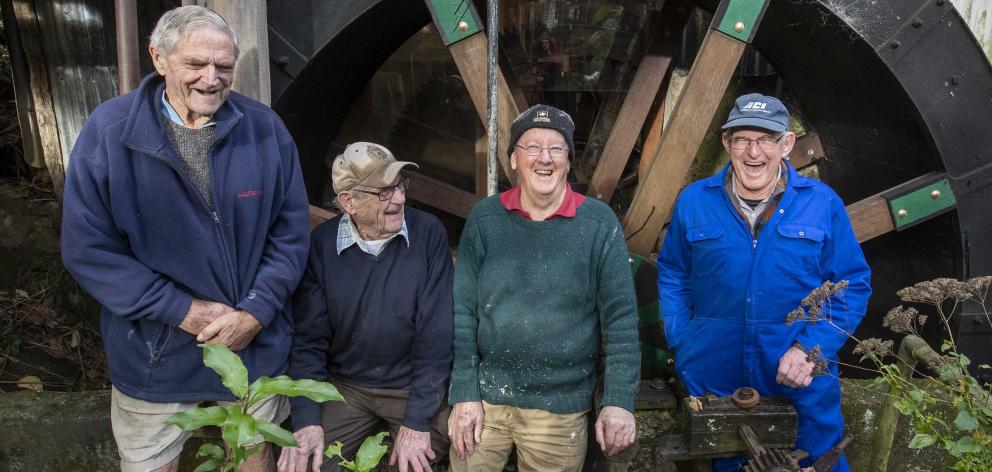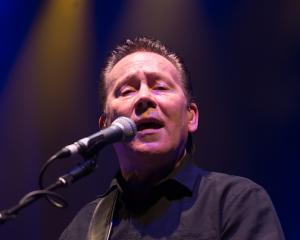
The popular heritage park is home to one of the few operating historical waterwheels in New Zealand, along with Canterbury’s oldest stone structure – the Old Stone Cottage – built in 1848.
Supported by a Christchurch City Council heritage incentive grant, the ongoing maintenance of the rare waterwheel and old stables continues to help draw people to the site.
City council head of urban regeneration, design and heritage Carolyn Ingles said that the waterwheel and stables are very worthy of the city’s support.
“While Christchurch continues to look to the future, it is equally important to value our past and the early innovation that has helped shape our region,” Ingles said.
“Both the stables and the mill house are scheduled as ‘significant’ heritage items in the District Plan.”
Park manager Ian Luxford said its owner, Orton Bradley, devised a clever system in 1893 using water – via the waterwheel – to drive a generator to power his home and various tools, including a grindstone for blade shearers.

“Bradley imported the waterwheel from Britain,” he said.
“It was the time of the industrial revolution and waterwheels were being pulled out of factories and workshops and replaced, so Bradley brought one out here to use on his farm.
“It is an amazing heritage piece, providing electricity for the homestead, and a really important part of our colonial history and the area’s development as people made the most of what they had.”
Luxford said Bradley “was really an innovator, rather than a farmer.”
After taking over the property from his father in 1892, Bradley held a lifelong interest in science and technology, and was a pioneer in ecology, recognising the importance of habitats.
Luxford said that volunteers – aged in their 70s and 80s – “help power the park today.”
He said the restored flax mill house, farm buildings, stables and machinery are all in working order “thanks to our volunteers”, who have maintained the replica of the original Bradley family home and now a summer cafe.
“We are very fortunate to have a group of dedicated volunteers who carry out a range of maintenance projects, including recladding buildings, creating special items in our workshop and ensuring that our heritage precinct is well-maintained,” Luxford said.
“One of the volunteers has painted the heritage buildings several times.”
He said that all the volunteers have shown amazing commitment to the park and its history.
“Today we have so many families coming to enjoy the park, splash in the stream and explore the heritage buildings.”
People visiting the 650ha site can also take in walking and mountain bike tracks, an adventure playground, a waterfall and native trees. It remains a working farm 175 years later.













